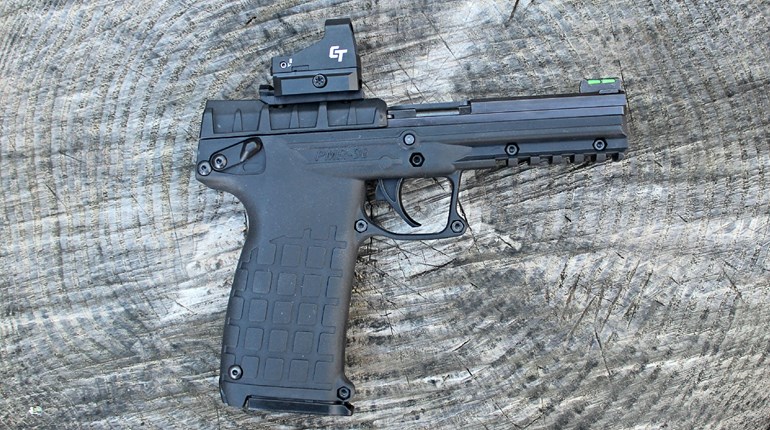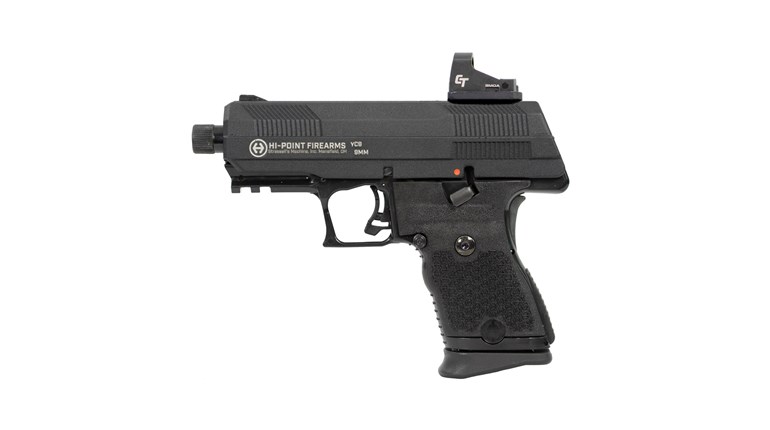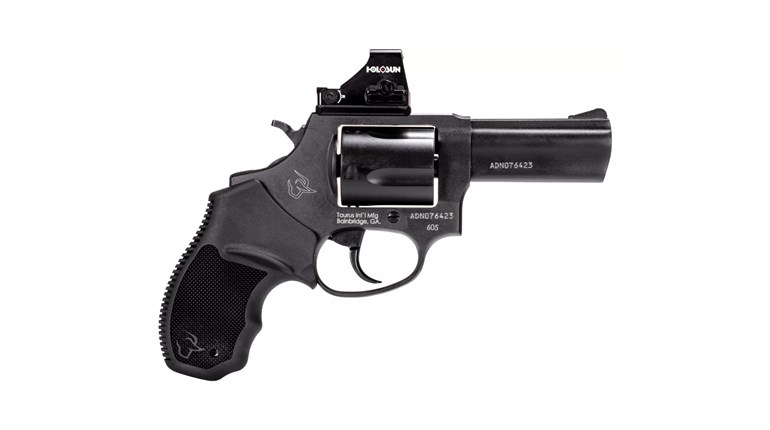
When zeroing a laser sight to a firearm, the biggest decision is whether to zero the device to a specific range or to a constant offset. My personal preference is to zero to a constant offset. Here's why.
When we zero any sight system, we typically select the distance at which the line of sight intersects the bullet's arc. At distances closer to or farther from this point, we see the familiar divergence from zero. Usually, it isn't enough to make a whole lot of difference, but in the case of an AR-platform rifle at close range, there's sufficient mechanical offset to require aiming a few inches off in order to make a precision shot. This offset varies according to sight height and the distance to the target. Because the laser is a short-range (less than 100 yards) sighting system, it's a lot simpler to zero it parallel to the bore axis and realize that rounds will impact x-inches away from the dot, regardless of range.
In order to zero using this method, the simplest way is to use the optical or iron sights and enlist the help of a friend. Measure the distance between the laser diode and the bore axis and its relationship; e.g., 3 inches low left. Set a target at the range the primary sights are zeroed and aim while your buddy adjusts the laser dot to hit in the same place as its relationship to the bore—in our example, 3 inches low left. It's that easy.
Now you know your rounds will impact 3 inches high and right from wherever you place the dot, all the way out to the usable range of the firearm and sight—no mental gymnastics required.



































